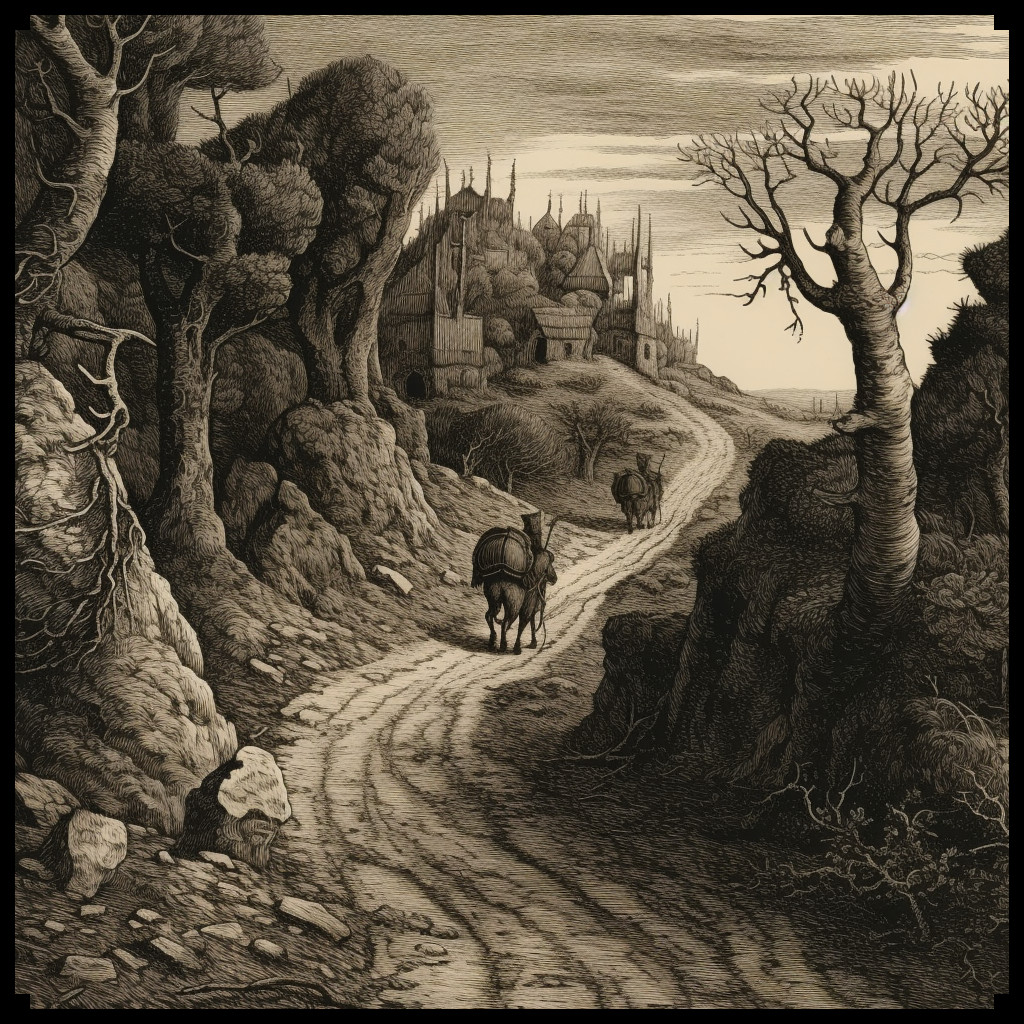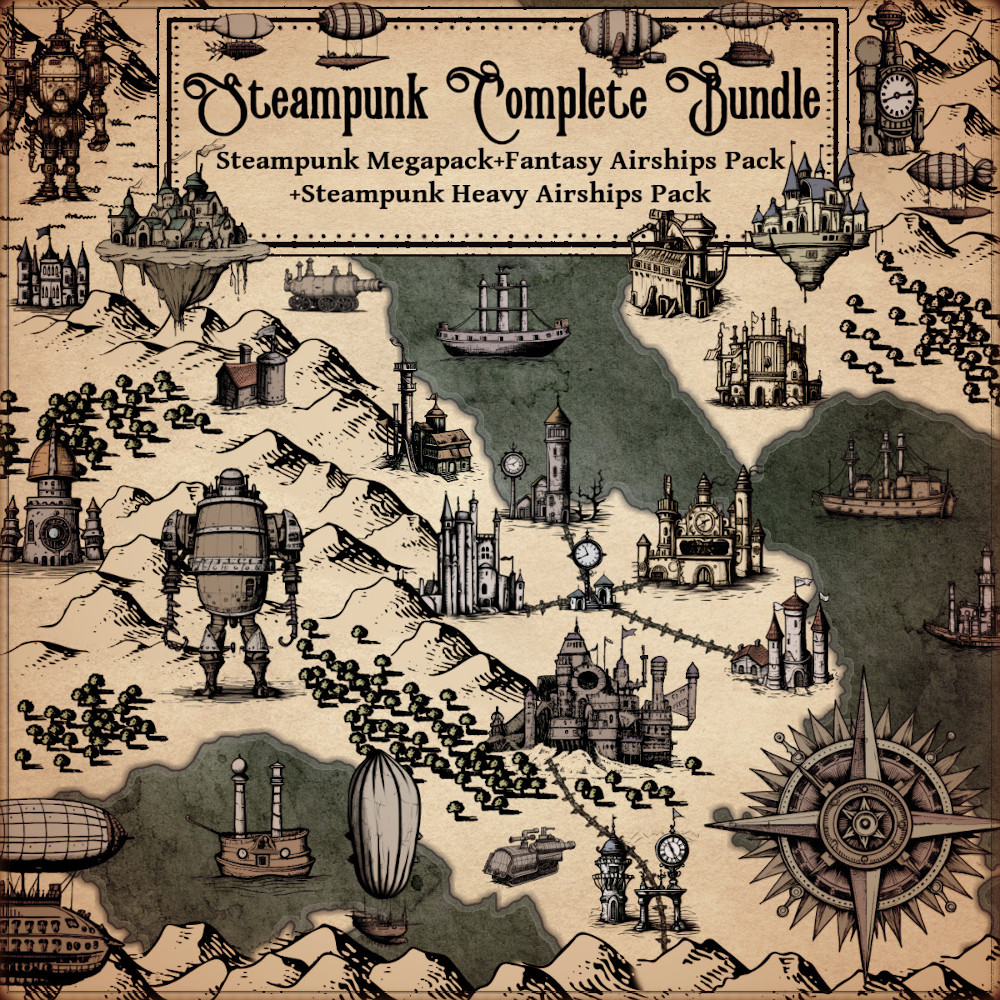
From ancient cartography to the enchanting realms of fantasy, the portrayal of paths, routes, ley lines, landmarks, and railroads has played a vital role in shaping our understanding of geographical spaces. In this article, we explore the historical significance of these representations and their enduring appeal. Moreover, we delve into the Old Cartography Ultimate Paths Pack, a remarkable collection of assets that pays homage to the ancient mapping styles while catering to the needs of fantasy map enthusiasts.
BUY AND DOWNLOAD THE Old Cartography Ultimate Paths Pack :
In the annals of cartographic history, ancient maps stand as testament to humanity’s ceaseless quest for knowledge and exploration. These maps often depicted trails, roads, and paths as essential markers of connectivity and trade routes. The inclusion of primary roads, denoting major arteries of travel, and secondary roads, representing less prominent routes, facilitated the movement of people, goods, and ideas across vast territories. Unimproved roads, on the other hand, revealed areas yet to be fully developed or explored, evoking a sense of mystery and uncharted possibilities.
Ancient maps occasionally featured ley lines, believed to be mystical alignments of landmarks and natural features. These invisible lines were thought to carry powerful energy, influencing the land and the lives of those residing upon it. The representation of ley lines on maps helped mapmakers and seekers of arcane knowledge identify sacred sites, ancient monuments, and places of spiritual significance. By incorporating ley lines into their maps, ancient cartographers honored the interconnectedness between the physical and the metaphysical realms.
Landmarks played a crucial role in ancient maps, serving as navigational aids for travelers. These points of reference, often symbolized by lines or symbols, helped map users orient themselves and determine their location within the larger geographical context. Landmark lines, illustrated in the Old Cartography Ultimate Paths Pack, replicate the style of these ancient representations, enabling modern mapmakers to evoke a sense of nostalgia and historical authenticity in their fantasy maps.
As technology advanced and civilizations progressed, railroads emerged as revolutionary means of transportation. Ancient maps gave way to more contemporary cartographic styles, capturing the expansion of rail networks across the globe. The inclusion of railroad paths, whether single or multiple tracks, became a testament to human ingenuity and progress. Railroads facilitated the movement of people, resources, and ideas, transforming landscapes and reshaping societies. The Old Cartography Ultimate Paths Pack acknowledges the transformative impact of railroads by offering mapmakers the tools to depict these modern conduits in a nostalgic and antiquated style.
Maps have always been an integral part of human history, acting as windows into our collective imagination and as practical tools for navigation. The representation of paths, roads, ley lines, landmarks, and railroads in ancient maps and fantasy cartography has allowed us to visualize and explore the interconnectedness of the physical and metaphysical realms, while showcasing the evolution of human civilization and progress. The Old Cartography Ultimate Paths Pack serves as a tribute to these enduring elements of cartography, providing mapmakers with a unique opportunity to recreate the charm and allure of ancient maps in their own fantasy worlds.


